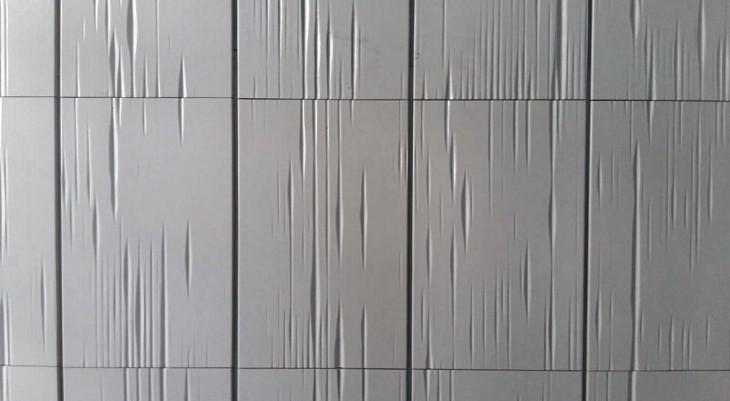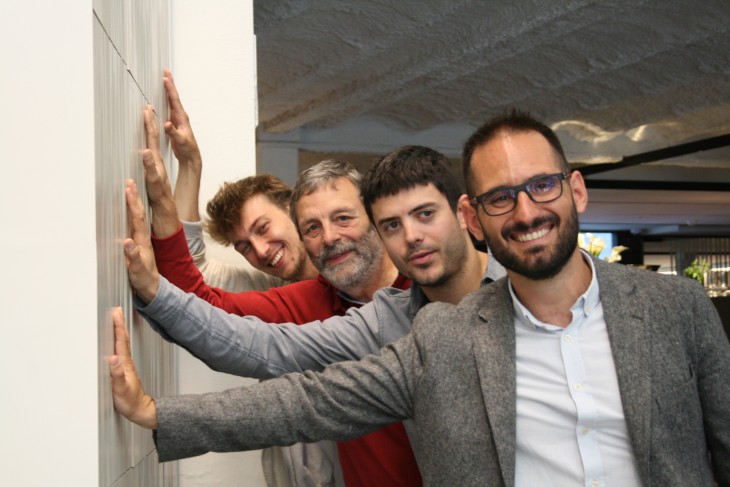A team formed by Isern associats, Ceramica Cumella and the Institute for Advanced Architecture of Catalonia (IAAC) has built a musical robotic facade made with a robot that translates Max Richter’s music in lines on ceramics.
Imagine a musical robotic façade that combines robotics, ceramics and Max Richter’s music. Do you think it’s possible? It is, and is in the Eixample, in a recently opened hotel in the heart of Barcelona.
By applying an algorithm designed by the Institute for Advanced Architecture of Catalonia (IAAC), a robot was able to transform a musical input into grooves on the ceramic while it is manufactured. So, depending on the music intensity, the robot penetrates more or less on the ceramic, forming a mosaic with a common discourse on the material.

Musical inputs become grooves on the ceramic while
In this case, the music played on ceramics is the album “Recomposed by Max Richter: Vivaldi’s Four Seasons,” published in 2012 by Deutsche Grammophon label. The whole work is composed by 1120 pieces (800 in the front and 320 in the main hotel entrance) and each one contains eight seconds of robotic reinterpretation of one of the major works of baroque musician Antonio Vivaldi.
This work has been possible thanks to the sum of talent of the architect Daniel Isern and his team, specialists in hotel construction, the ceramist Toni Cumella and our robotics specialist Alexandre Dubor.

The project team on the day of the opening
The first idea of this project has been developed within the Open Thesis Fabrication Program (OTF) by the student Rodion Eremeev and tutored by Alexandre Dubor, Areti Markopoulou and Silvia Brandi.
